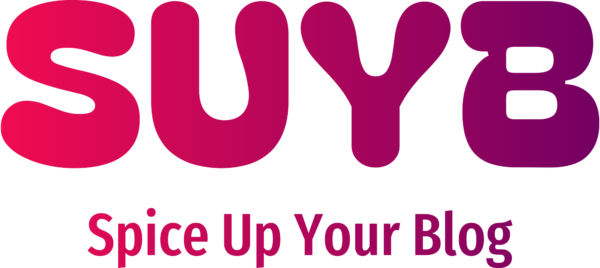By utilizing custom dashboards, you can keep an eye on specific aspects of your blogs health. Doing this will give you a greater overall picture of how your site is performing, as well as how it may need to be improved.
The real benefit of using multiple dashboards is that you can easily segment the data, making it easier to understand and digest. Using custom dashboards, you’ll be able to see a spike or loss in traffic, whether or not your landing pages are performing well and if your social mentions have increased from a social campaign, and much more.
There are several dashboards available to use, but these five should give your site an immediate boost if you use the data they provide properly.
(Note: To use the links make sure you’re logged in to Google Analytics, or the links will appear broken!)
1. Brand Monitoring
The Brand Monitoring dashboard allows you to customize and replace the key terms with your own brand. By doing this, you can see how mentions of your brand are appearing in different social media channels.
You can also see where and how often you’ve been mentioned, as well as the percentage of visits to your site from each source. Having this information can help you gauge how effective your marketing campaigns and efforts are.
2. SEO Dashboard
SEO Dashboard allows you to see the total number of organic visits to your website as well as which keywords are bringing in traffic. It will also allow you to see which landing pages are most popular and effective.
You can also see which sites people are being directed from, as well as the bounce rate of new keywords. SEO Dashboard is a pretty deep tool, so taking a bit of time to explore what it can do your site is a smart move.
3. Social Monitoring
The Social Monitoring dashboard is specifically used to tell you how social media is affecting your site. In order to be effective and streamlined, Social Monitoring limits the data it shows you to tell you which social media networks are bringing in the most data, how they’re interacting based on time and day and much more.
4. Traffic Dashboard
Traffic Dashboard was designed to help you keep an eye on your incoming visitors. Using the dashboard, you can find out how many unique pageviews you’re getting, how many pages users are visiting, the total number of pageviews, how much time they’re spending on your site and on each page in particular. You can also perform a comparison search by date range to figure out where decreases in traffic are coming from so you get a jumpstart on correcting them.
5. Ecommerce Dashboard
If you have e-commerce tracking enabled on your site, you can use the Ecommerce Dashboard to find your conversion rate, total revenue, average value of individual sales and the average value of transactions and unique purchases.
Correlating this with other dashboard tools, you’ll be able to see where these sales are coming from and how you can better focus your efforts to make more or boost lagging sales figures.
Using these five dashboards, you can keep an eye on the health of your site and perform strategic calls to action to improve your site. For example, if you want to focus on running a Facebook giveaway, using these tools could tell you whether or not the campaign was successful by telling you about unique page visits, where users were coming from and a whole lot more.
If you install these dashboards, and you should, make sure you examine how well they are performing at least once per week in order to really get the most information you can from them. If you monitor these dashboards regularly, they can only help your business grow.
By Guest Author – Marcela De Vivo is a freelance writer and online marketing professional from Los Angeles. Along with her experience working HostPapa web hosting services, she is also experienced with social networking and search marketing. By understanding the value of visual content in order to drive more traffic to any website, she knows how to effectively maintain readership for any website.











